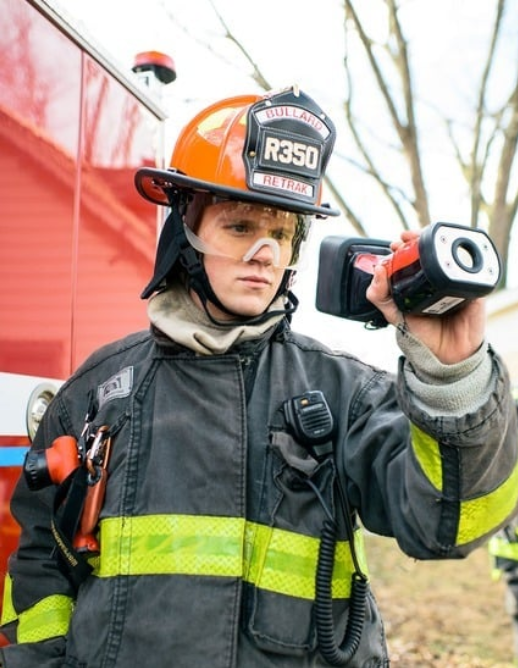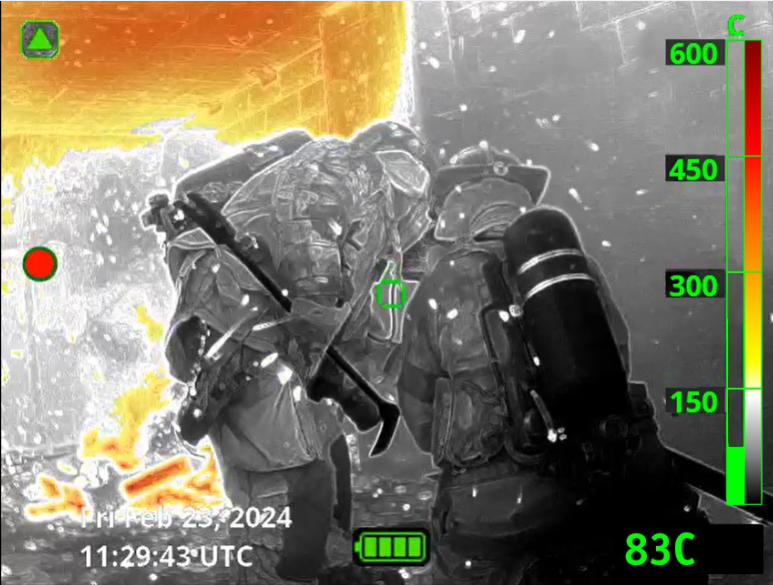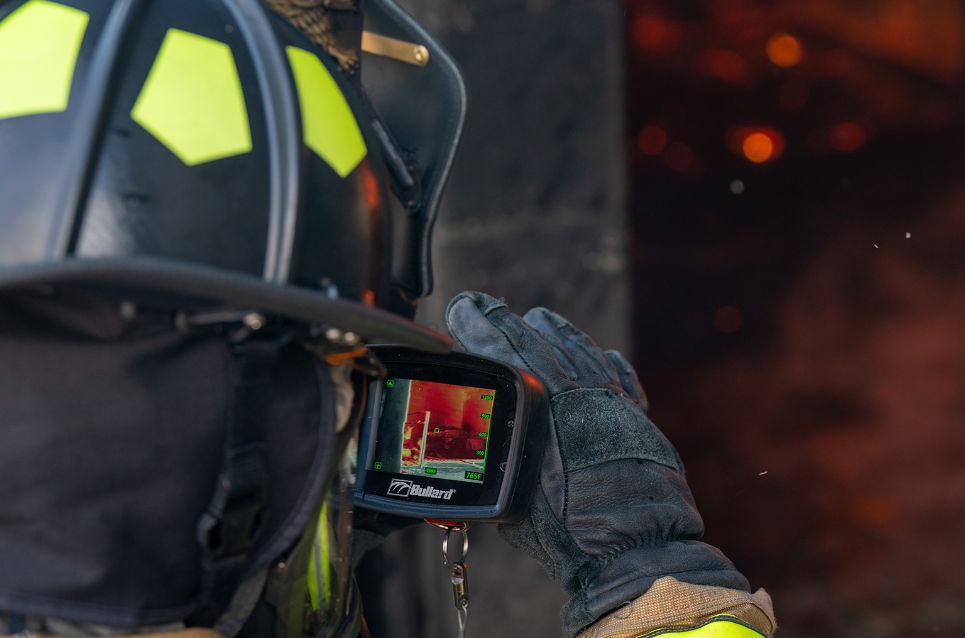When purchasing thermal imagers for your department, the initial cost is only part of the story. The total cost of ownership (TCO) reveals the long-term financial impact of owning and maintaining a thermal imager, helping you make an informed decision that balances your budget with your operational needs. For experienced firefighters and buying committees, understanding TCO means evaluating factors that go beyond the upfront price tag to include real-world usage, durability, and lifecycle costs.
This guide provides an in-depth look at TCO for thermal imagers, practical steps for evaluating it, and examples to illustrate its importance in firefighting applications.
What Is Total Cost of Ownership?
TCO encompasses all the expenses associated with owning a thermal imager throughout its lifespan. These include:
- Initial Purchase Price: The cost of the base model and required accessories, such as chargers and mounting kits.
- Maintenance and Repairs: The expense of regular servicing, replacement parts, and unexpected repairs.
- Battery Replacement: Costs for replacing batteries as they degrade over time.
- Training: Resources required to train personnel in using and maintaining the thermal imager.
- Upgrades and Trade-Ins: Costs to keep the device up-to-date or replace it as technology evolves.
- Field-Replaceable Parts: The cost and ease of replacing parts, like straps or lenses, without specialized tools.
- Warranty and Service Plans: Costs of extended warranties or service agreements to cover wear and tear over time.
Understanding TCO helps departments assess the true financial commitment and avoid hidden costs that could strain budgets.

Why Is TCO Critical for Fire Departments?
1. Budget Planning
Evaluating TCO helps departments allocate funds across the full lifecycle of a thermal imager, ensuring no critical expenses are overlooked.
2. Equipment Comparisons
When comparing models, factoring in recurring costs provides a clearer picture of value. Two imagers with similar purchase prices can have vastly different long-term costs.
3. Maximizing Value
A comprehensive TCO analysis helps ensure the chosen thermal imager offers the best return on investment by balancing cost, durability, and functionality.

Steps to Evaluate TCO for Thermal Imagers
1. Start with Purchase Price
Request detailed quotes that include the base model, any required accessories, and optional upgrades like higher resolution or specialized features. Make sure you compare apples-to-apples across manufacturers.
2. Assess Maintenance and Repairs
- Warranty Coverage: Check what’s included, whether it covers firefighting conditions, and the cost of extended warranties.
- Repair Costs: Ask about typical repair expenses and the frequency of common issues.
- Service Locations and Downtime: Determine where repairs are performed and how long units are typically out of service.
- Preventative Maintenance: Inquire about the cost and frequency of upkeep, such as recalibrations or inspections, to keep the device in optimal condition.
3. Analyze Battery Costs
- Lifespan: Confirm battery longevity under normal operating conditions.
- Replacement Costs: Determine the price for additional batteries or replacements.
- Charging Options: Evaluate the cost of desktop or vehicle-mounted chargers and the impact of these systems on operational readiness.
4. Calculate Training Expenses
- Initial Training: Check whether training is included or requires additional costs.
- Ongoing Training: Factor in expenses for refresher courses or onboarding new personnel.
5. Consider Durability and Operational Costs
Durability significantly impacts long-term costs. Devices prone to frequent repairs or component failures can quickly become a drain on resources. Look for:
- Compliance with Standards: Devices certified to NFPA 1801 or tested against MIL-STD-810G tend to be more rugged and reliable.
- Field-Replaceable Parts: Opt for models where critical components, like batteries or lenses, can be replaced without sending the device to the manufacturer.
6. Plan for Upgrades and Replacements
- Lifecycle Expectancy: Understand the expected lifespan of the thermal imager and plan for its eventual replacement.
- Compatibility: Check whether accessories and updates will remain compatible with your current model.

Real-World Example: Balancing TCO and Performance
A metropolitan fire department faced rising costs from frequent repairs to older thermal imagers. After a TCO evaluation, they invested in a new model with a higher upfront cost but better durability and longer battery life. Over three years, the department saved 25% on repair and maintenance costs, freeing up funds for additional training and equipment.
This example underscores how a well-chosen thermal imager can reduce total expenses over time while enhancing operational readiness.

Questions to Ask Manufacturers
To evaluate TCO effectively, ask manufacturers:
- What is the expected lifespan of this model under typical firefighting conditions?
- What does the warranty cover, and are there extended options?
- Are repair programs or preventative maintenance services offered?
- What are the costs of consumables like batteries, chargers, and replacement parts?
- Are training resources included or available for ongoing education?

Tips for Controlling Total Cost of Ownership
- Invest in Durability
Choose models specifically designed for firefighting environments to reduce repair and replacement costs.
- Standardize Equipment
Using the same model across your department simplifies training and maintenance, reducing operational costs.
- Negotiate Bundles
Look for package deals that include accessories, extended warranties, and training to maximize value.
- Use a “Good, Better, Best” Approach
Balance initial costs with essential features to find the best fit for your department’s budget and needs.

Conclusion
Total cost of ownership is a critical factor in choosing the right thermal imager. By considering expenses beyond the initial purchase—such as maintenance, training, and upgrades—you can make a decision that provides long-term value for your department. Engage manufacturers with detailed questions, involve your team in evaluating options, and prioritize durability and compatibility to help ensure your investment supports your mission for years to come.


